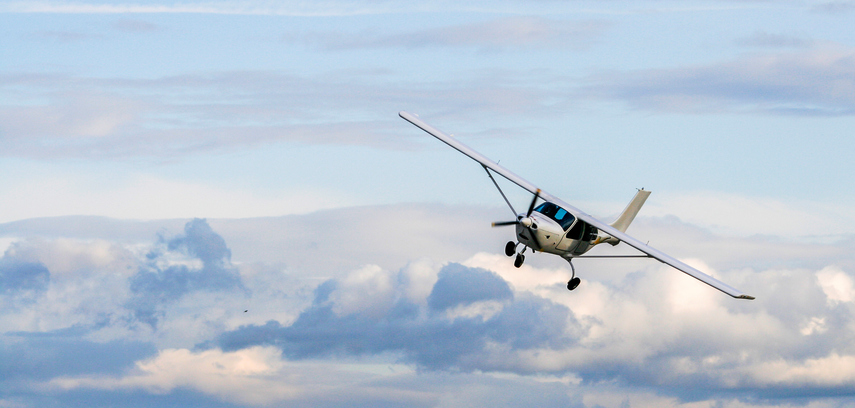
Though the origin of skywriting is largely unknown, newspaper records cite instances of skywriting by pilots as early as 1915 to entertain crowds at flying exhibitions. Since then, skywriting has been used as an art form and advertising medium, communicating brand awareness and personal messages high above the clouds.
Skywriting involves using one or several small aircraft to execute aerial maneuvers while releasing controlled emissions of thick, white smoke. The smoke is made from paraffin oil that vaporizes in the plane’s exhaust and is safe for the environment. A single letter can be as high as one mile and take around 60 to 90 seconds to create.
Skywriting involves flying with razor-sharp precision, paying careful attention to timing and angles to form attractive lettering in the skies. Skywriters must plan and diagram their design beforehand, and then execute their work at over 100 miles per hour at an altitude of about 10,000 feet.
As skywriting grew in popularity in the 1930s, pilots were commissioned to write messages promoting big-name brands like Ford, Chrysler, and Lucky Strike Tobacco. One of the biggest advocates for skywriting was an up-and-coming soda company based in North Carolina, Pepsi Cola. Eventually, Pepsi hired an entire fleet of skywriters to magnify their message across America and countries like Cuba, Nicaragua, and Mexico in the company’s iconic red, white, and blue open cockpit biplanes.
However, skywriting soon faded from the advertising forefront as a new medium came along: television. Today, skywriting is still a popular event at air shows and festivals and is often used to promote political and personal messages.
A more technologically advanced and faster way to display a sky message is through skytyping, which involves five aircraft equipped with a software system that signals each plane to emit small, uniform puffs of smoke. The result is lettering that resembles dot matrix printing.
The future of the art of skywriting is unclear. Few pilots are equipped with traditional skywriting skills, yet their work may garner newfound appreciation online. Social media enables the sky messages, which normally disappear in a matter of minutes, to be preserved and broadcasted to a much larger audience. No longer bound by time or geographical constraints, we may see a resurgence of the art of skywriting in the years to come.